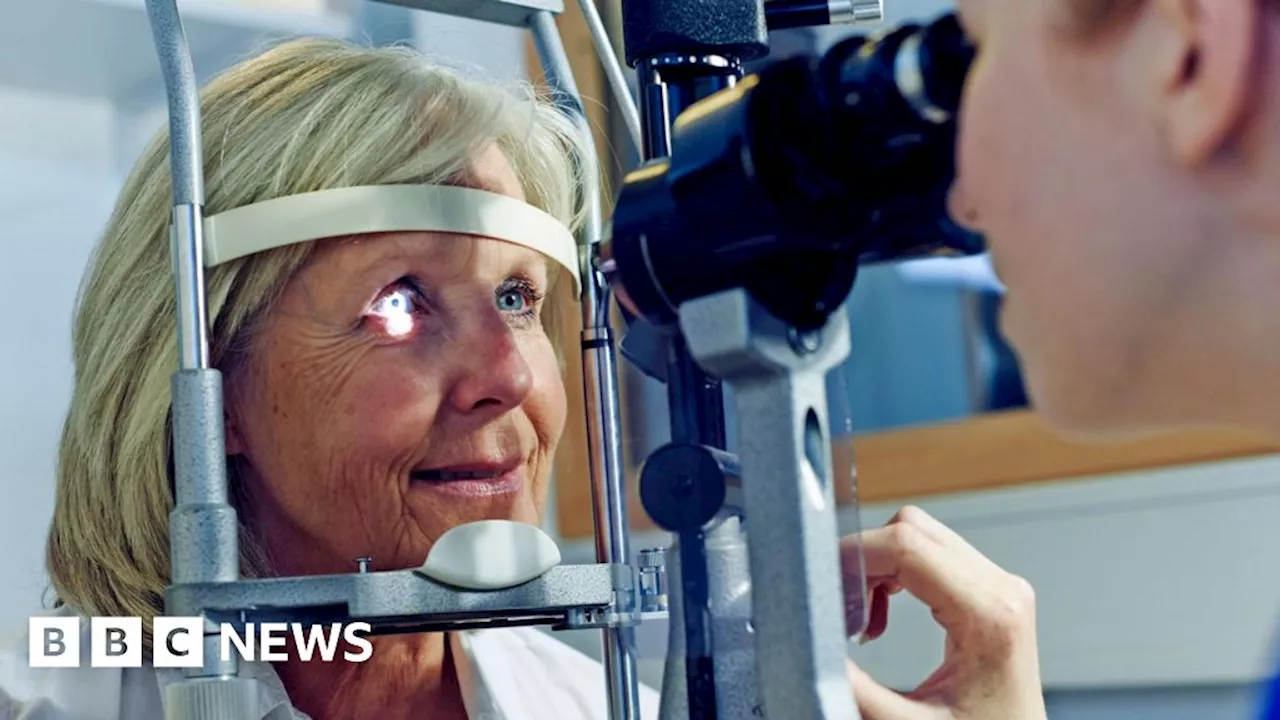Los Alamos National Laboratory (LANL) is spearheading a project to transform how microchips are designed and manufactured, aiming to enhance their energy efficiency and resilience against harsh environmental conditions. The project, called CHIME, will integrate multiple research initiatives focusing on nanoscale semiconductors, three-dimensional chip structures, and heterogeneous integration.
Los Alamos National Laboratory (LANL) is spearheading a project to revolutionize the design and manufacturing of microchips, aiming to enhance their energy efficiency and resilience against harsh environmental conditions, such as radiation.
This ambitious undertaking will integrate LANL's Nano Solutions On-Chip (NSOC) project with three other complementary initiatives under a newly established Microelectronics Science Research Center (MSRC) named CHIME, which stands for Co-design and Heterogeneous Integration in Microelectronics for Extreme Environments. NSOC will focus on the development of nanoscale semiconductors, including quantum dots, to create devices that leverage both photons and electrons for information transmission. The research strategy involves stacking electronic and photonic components into three-dimensional structures. LANL scientists posit that this approach will address some of the existing energy-efficiency and manufacturing hurdles and potentially lead to a greater tolerance for radiation effects. Radiation can severely disrupt conventional semiconductors as charged particles can interfere with the normal functioning of circuits, necessitating careful shielding or hardening for environments prone to radiation exposure.'This project aims to resolve a fundamental challenge in electronics: the inherent limitations of relying solely on electrons as information carriers,' explained Jennifer Hollingsworth, a scientist and laboratory fellow at the Center for Integrated Nanotechnologies (CINT) who heads NSOC and will serve as the inaugural chair of CHIME. 'The intricate requirements to enhance integrated circuits result in up to 30 miles of wires transporting electrical data across 10 or more layers within a single chip, all produced through increasingly inefficient manufacturing processes,' she stated. Other projects within the CHIME center will tackle diverse challenges to optimize performance, including heterogeneous integration, where components are manufactured separately and subsequently combined into a unified chip. The projects will delve into the development and evaluation of various materials, processes, and technologies that could be employed in chip production, according to LANL. CINT co-director Adam Rondinone emphasized that the CHIME center aspires to bridge the 'lab-to-fab' gap, facilitating the translation of research into scalable technologies capable of addressing critical societal and industrial needs. The initiative will establish several Microelectronics Commons regional innovation hubs in 2023, with then Deputy Secretary of Defense Kathleen Hicks highlighting the 'lab-to-fab' gap as 'the infamous valley of death' between research and development (R&D) and production
MICROELECTRONICS NANOSCIENCE RADIATION HARDENING ENERGY EFFICIENCY CHIME PROJECT
United Kingdom Latest News, United Kingdom Headlines
Similar News:You can also read news stories similar to this one that we have collected from other news sources.
 AI to Revolutionize Homework Marking in UK SchoolsThe UK government is investing in AI tools to automate homework marking and feedback, freeing up teachers' time for direct student interaction and lesson planning.
AI to Revolutionize Homework Marking in UK SchoolsThe UK government is investing in AI tools to automate homework marking and feedback, freeing up teachers' time for direct student interaction and lesson planning.
Read more »
 Long Reads Revolutionize Rare Disease DiagnosisResearchers at Radboud University Medical Center have demonstrated that long-read DNA sequencing is significantly more effective than traditional short-read sequencing in identifying the genetic causes of rare diseases. This advancement could lead to faster, more accurate diagnoses and improved patient care.
Long Reads Revolutionize Rare Disease DiagnosisResearchers at Radboud University Medical Center have demonstrated that long-read DNA sequencing is significantly more effective than traditional short-read sequencing in identifying the genetic causes of rare diseases. This advancement could lead to faster, more accurate diagnoses and improved patient care.
Read more »
 Samsung's Odyssey 3D Monitor Aims to Revolutionize Gaming with Glasses-Free 3DNexon and Neople are partnering with Samsung to utilize the Odyssey 3D monitor for an immersive 3D gaming experience without the need for glasses. By fine-tuning the focal distance for 3D effects, they aim to reduce crosstalk and enhance clarity in boss battles and cutscenes. While the technology is still in its early stages, the potential for a mainstream shift towards glasses-free 3D gaming is exciting.
Samsung's Odyssey 3D Monitor Aims to Revolutionize Gaming with Glasses-Free 3DNexon and Neople are partnering with Samsung to utilize the Odyssey 3D monitor for an immersive 3D gaming experience without the need for glasses. By fine-tuning the focal distance for 3D effects, they aim to reduce crosstalk and enhance clarity in boss battles and cutscenes. While the technology is still in its early stages, the potential for a mainstream shift towards glasses-free 3D gaming is exciting.
Read more »
 AI-Powered Eye Exams Could Revolutionize Early Dementia DetectionScottish researchers are developing an AI tool that analyzes retinal photographs to identify early signs of dementia, potentially leading to earlier diagnoses and interventions.
AI-Powered Eye Exams Could Revolutionize Early Dementia DetectionScottish researchers are developing an AI tool that analyzes retinal photographs to identify early signs of dementia, potentially leading to earlier diagnoses and interventions.
Read more »
 UK Government Embraces AI to Revolutionize Public ServicesThe UK government aims to modernize public services by integrating AI and technology, aiming to save billions of pounds and improve efficiency.
UK Government Embraces AI to Revolutionize Public ServicesThe UK government aims to modernize public services by integrating AI and technology, aiming to save billions of pounds and improve efficiency.
Read more »
 Can AI Revolutionize Bank Supervision?Researchers at the European Banking Authority (EBA) are exploring the potential of artificial intelligence (AI) and machine learning to automate bank supervision. Their study suggests that analyzing financial data patterns could identify potential risks and vulnerabilities, aiding in more efficient and proactive oversight. However, challenges remain, such as the limitations of historical data in predicting unforeseen crises and the need to balance regulatory oversight with minimizing data reporting burdens on financial institutions.
Can AI Revolutionize Bank Supervision?Researchers at the European Banking Authority (EBA) are exploring the potential of artificial intelligence (AI) and machine learning to automate bank supervision. Their study suggests that analyzing financial data patterns could identify potential risks and vulnerabilities, aiding in more efficient and proactive oversight. However, challenges remain, such as the limitations of historical data in predicting unforeseen crises and the need to balance regulatory oversight with minimizing data reporting burdens on financial institutions.
Read more »
